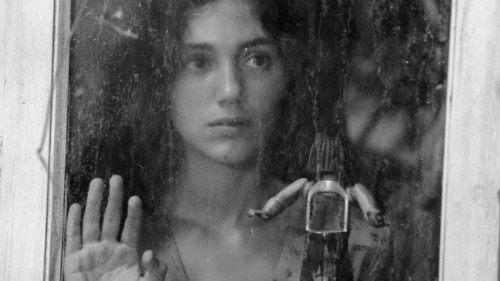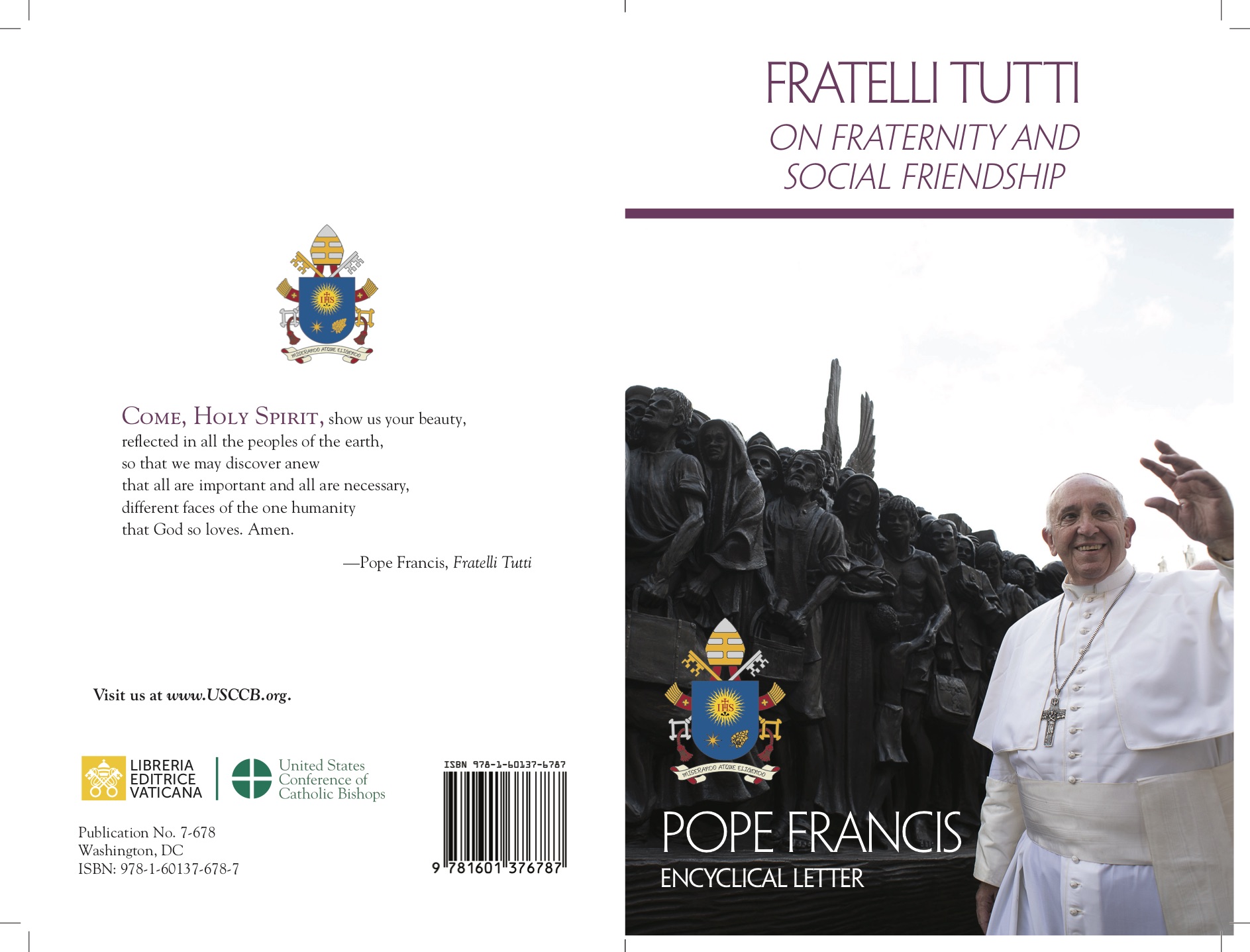
by Anna Maria Pasetti
«This is who I am», whispers Arsa solemnly, refusing the company of anyone else. Arsa (2024), directed by the video artists and filmmakers Masbedo (Nicolò Massazza and Iacopo Bedogni), is the most recent in a series of films that explore the solitary journeys of women who, driven by different motivations and in different ways, have chosen hermitage as a spiritual path, understood in a secular sense. This is a subject that contemporary cinema portrays in varied forms, all united by the belief that, through voluntary isolation, these protagonists can experience a form of the sacred in the simplicity of daily life, beyond any dogma. These are women who walk, wait, listen, seek, create, endure, and guard memory.
Arsa is a teenage girl, who has chosen to live alone in a hut on the island of Stromboli, after being orphaned by her artist and craftsman father. She believes in absolute self-sufficiency, and protects herself from “contamination” from tourists by living in ecological symbiosis with a nature that is both wild and generous.
Arsa’s is a form of resilient and silent revolution, devoted to listening to the silence and observing the invisible that hides in everything, even in the waste abandoned by humans and washed up on the shore by the sea, which the girl collects from the beaches every day. Because for this young hermit, nature is an altar to be contemplated daily and to be preserved from any attempt at desecration. And in her existence devoted to solitude, independence, and ecology, Arsa also becomes a keeper of her father’s memories, those that taught her to re-generate discarded materials by transforming them into small works of art.
Although set in a very different historical and geographical context, Arsa’s secluded permanence resonates with that of Fani, the young wife of Franz, who stays at home awaiting letters from her husband, an Austrian Catholic. He is a conscientious objector, who has been forcibly conscripted into the Nazi army during World War II. Inspired by the life of Austrian Franz Jägerstätter through his letters, A Hidden Life (2019) by Terrence Malick, the film portrays the co-protagonist Fani as the embodiment of a silent spirituality. She lives out her waiting in the domestic intimacy of a remote Alpine village, where simple everyday gestures become a form of prayer. Her’s is a forced hermitage that freely transforms into a sacred daily life, serving as a form of resistance and resilience parallel to her husband’s imprisonment.
In clear contrast to dwelling, solitary travel as an identity-forming dimension, and thus as an ethical-spiritual act within a secular framework, is what characterizes at least two of the most significant films centered on women alone on the road. The first is Wild by the late Jean-Marc Vallée, from a screenplay by Nick Hornby, and the second, Nomadland by Chloé Zhao.
Inspired by the autobiographical memoir by Cheryl Strayed, Wild: From Lost to Found on the Pacific Crest Trail, the film follows the young woman along her journey on the trails of the Pacific Crest Trail: a kind of “pilgrimage”. in search of healing and redemption for body, mind, and soul, from life’s many wounds, which are grief, separations, and drugs. The sanctuary Cheryl longs for is an inner one, which she believes can be reached through a mystical osmosis with, and resistance to, the wild (the “wild” of the title), as well as by renouncing familiar comforts in order to confront her own vulnerabilities day by day, in a solitude that is hard-earned and deliberately chosen.
While the young American’s almost “expiatory” journey represents a transitional phase of life, the journey of her fellow citizen, the older Fern, marks a permanent choice of nomadic life: the protagonist of Nomadland is a contemporary hermitic and wandering figure. In open contrast to the rules of dehumanizing capitalism, Fern offers an ethical way of life, in complete autonomy and solitude; yet open to communication and solidarity with those around her. Her hermitic nomadism thus takes on the shape of a space of transcendence, contemplation, and secular sacredness.













 Purchase the Encyclical here Fratelli Tutti
Purchase the Encyclical here Fratelli Tutti
